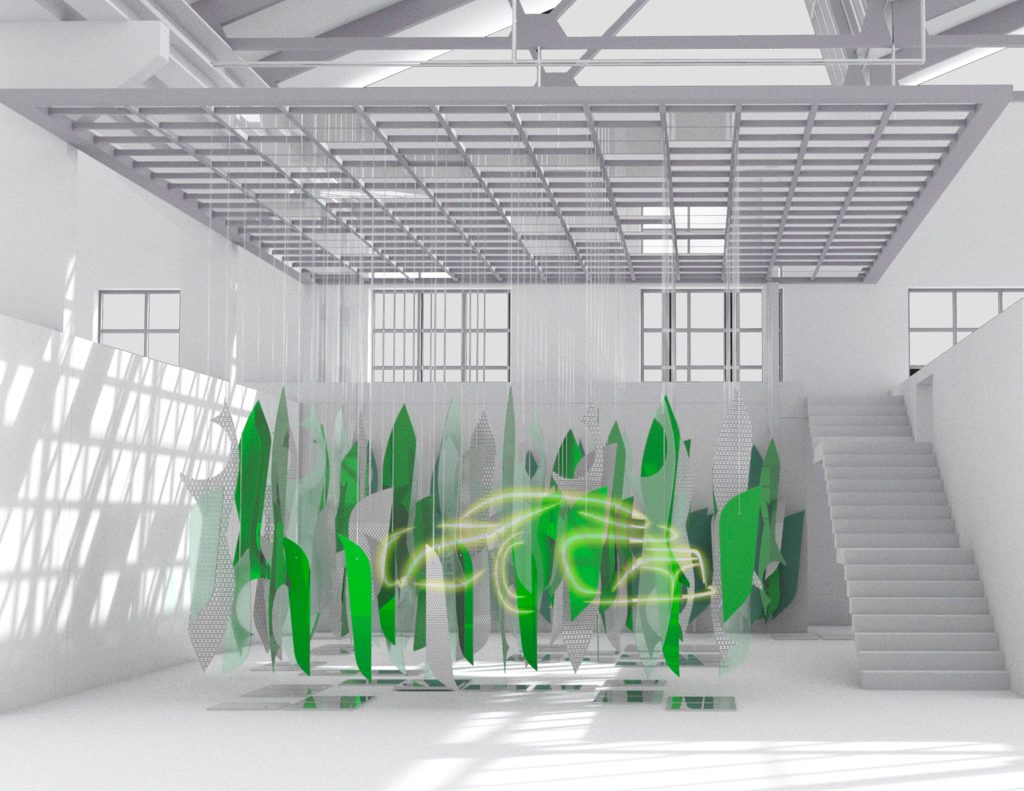Lexus Design Award 2019: The Finalists
Digging into innovations that could change our world for the better

The six finalists for this year’s Lexus Design Award, presented during Milan Design Week, might have been the most impressive group yet. While only one was selected as winner (Lisa Marks‘ work on bringing algorithms into the design of patterns for hand-laced, custom-fit garments), all of them showed real-world potential and used creative problem solving on pressing issues.
Each of these designers—Rezzan Hasoglu, Jeffrey E. Dela Cruz, Dmitriy Balashov, Shuzhan Yuan and Ben Berwick—come from diverse backgrounds. Some of their projects address issues plaguing our future, while others seek out solutions for today; they exist at the intersection of design and technology and each project is worth a closer look.

Arenophile by Rezzan Hasoglu
Arenophile, finalist Rezzan Hasoglu’s work, turns desert sand (one of the most plentiful but rarely used resources on earth) into products like brick, tile and more. Hasoglu seeks to find a balance between naturally existing phenomena and the demands of tomorrow. With a background in product design and a grasp of digital and hands-on techniques, Hasoglu is poised to find many uses for this flexible new material. And, unlike the sand found on beaches that’s currently used in glass and ceramics, desert sand is such an abundant base material there’s seemingly no limit to the forms it can take on in testing and potential projects.

Baluto by Jeffrey E. Dela Cruz
Inspired by the boats used on the Agno River, Jeffrey E. Dela Cruz sought to find a solution for those who’d rather stand by their homes in the event of a flood. From this Baluto was born. “During floods, families seek refuge in the local evacuation center. These [government] evacuation centers shelter people during the flood. But in our culture, people are attached to their properties so they don’t want to leave even in a flood. They’ll make an elevated floor in their houses to sleep on, but it’s very dangerous for them to stay,” Dela Cruz says of his hometown in the Philippines. By making the home amphibious and able to rise up to five meters during floods, Dela Cruz’s model makes many flood situations manageable. This would be one less worry for a community that faces six or seven floods a year.

Green Blast Jet Energy by Dmitriy Balashov
“When I first watched the jets take off,” Dmitriy Balashov says of the inspiration for his project, Green Blast Jet Energy, “It had a great impression on me. I was five, and I had a great summer holiday near Barbushara airport in Georgia. I saw airplanes taking off and it was very amazing to me.” Balashov’s concept is rich with ingenuity. By sitting at the end of the runway as jets take off, the Green Blast harnesses vast amounts of energy and returns it to the airport’s grid for other uses. Addressing the needs of the world’s busiest airports requires sizable amounts of energy, not all of which are renewable. But Balashov hopes to change that by taking what’s already there.
Hydrus by Shuzhan Yuan
Shuzhan Yuan earned a spot as a finalist for his project, Hydrus, which addresses catastrophic oil spills. Yuan was inspired after seeing data that shows these spills are near-daily occurrences—and little is done to clean up afterward. Hoping to solve the problem, Yuan developed amphibious treatment equipment that circles an oil spill, traps it and skims the surface to extract the oil that’s sitting on top. Think of it like surface drones that swarm around the oil, contain and absorb it while passing the water through its filters. They can then shuttle the waste to a nearby ship, empty it safely and head back to the site to repeat the process.

Solgami by Ben Berwick
Ben Berwick’s Solgami works to improve the energy efficiency in apartments while adding a design feature as well. By blending concepts from origami and architecture, Berwick was able to develop a window-covering that redirects light further into an apartment. When it’s closed, the product converts the light into energy. “Solar panels are inherently reflective. They reflect two-thirds of the light that hits them,” Berwick says. “There’s lots of prefabrication or 3D printing in constructing apartments these days, which I think is fantastic and really interesting, but it’s making the home a standardized space. This is a way to say that makes sense as a construction technique, but you can also have this in your window, and it’s going to give you a really unique light and pattern within your space,” he continues. “It’s giving you—as the person who lives in the apartment—the option between having more internal light or more energy generation.”
Congratulations to all six Lexus Design Award 2019 finalists. We look forward to seeing how the attention brought to their work helps it further develop.
Images courtesy of Lexus













